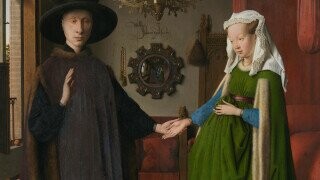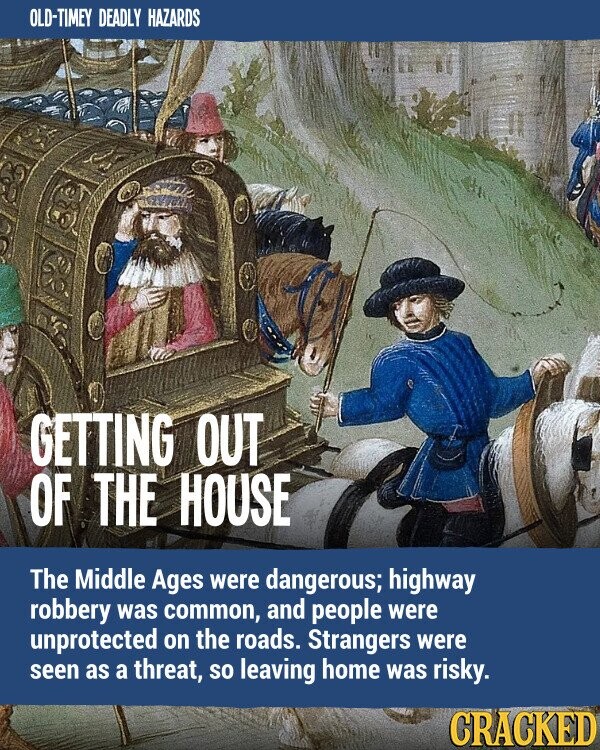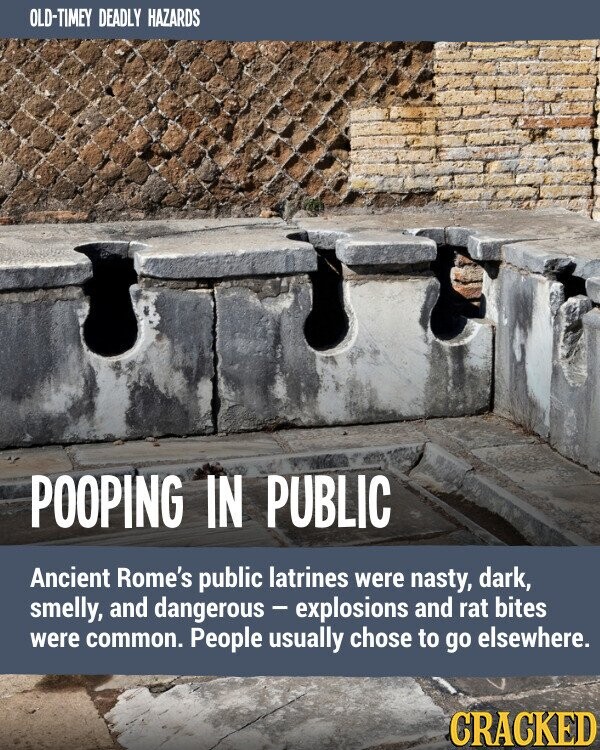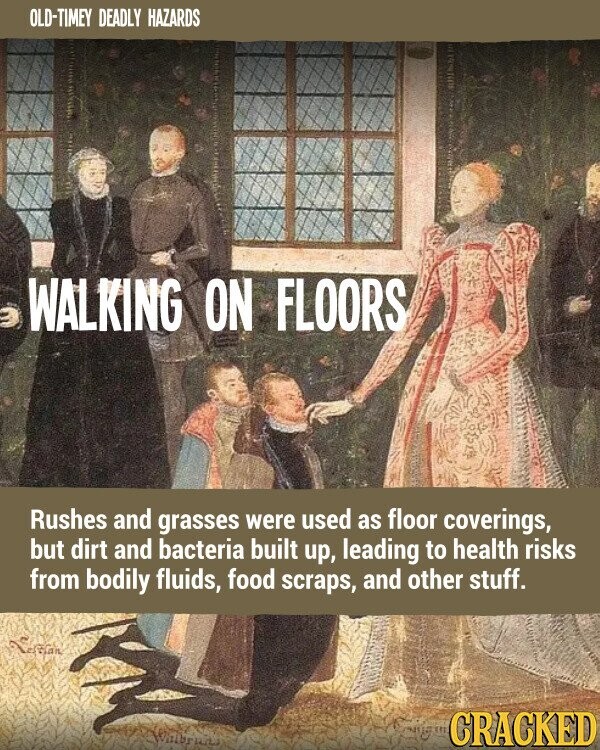The 15 Lamest Ways People Used to Routinely Die

Ah, the good old days! When life was simpler, people were more in tune with nature, and ... uh ... the world was a much more dangerous place. From the Middle Ages to the Victorian Era, life was full of hazards, both seen and unseen. Venturing out was a gamble, balancing humours was a matter of life and death, and walking on floors could be a health risk. Marrying young and having lots of kids was a must, and watching kids was a game of Russian roulette. 306,000 souls were lost in one stormy night, Oxford debates got deadly, hospitals were grimy, crossing streams was not worth the risk, London bakeries were full of cobwebs and critters, and the Victorian home was a deathtrap.
This list, in other words, is a look at some of the dangers and risks of life from the Middle Ages to the Victorian Era. From venturing out and balancing your body’s humors to walking on floors and crossing streams, these were the days when life was full of hazards. Enjoy!
The Middle Ages

Public Domain
Plastic before it was cool, but not fireproof.

Henry Treffry Dunn
Crossing streams: not worth the risk.

Hans Zatzka
Marry young, have lots of kids, and make a will — just in case.

Jan van Eyck
306,000 souls lost in one stormy night.

Public Domain
Rome’s public latrines: not worth the risk.

Grimy 19th-century hospitals: a real sight to behold.

Public Domain
Pro tip: don’t chill your food with poison.

Time to upgrade to tile!

Levina Teerlinc
Oxford: Where the debates got deadly.

Public Domain
Watching kids: medieval parenting’s version of Russian roulette.

Pieter Bruegel the Elder
Typical 19th century London bakeries: cobwebs, critters, and crud.

Helen Allingham
Balance your humors, lose your semen!

Public Domain
In general, the Victorian home was apparently a deathtrap.

William Morris,
George Hayter
Ah, the good old days!

Public Domain